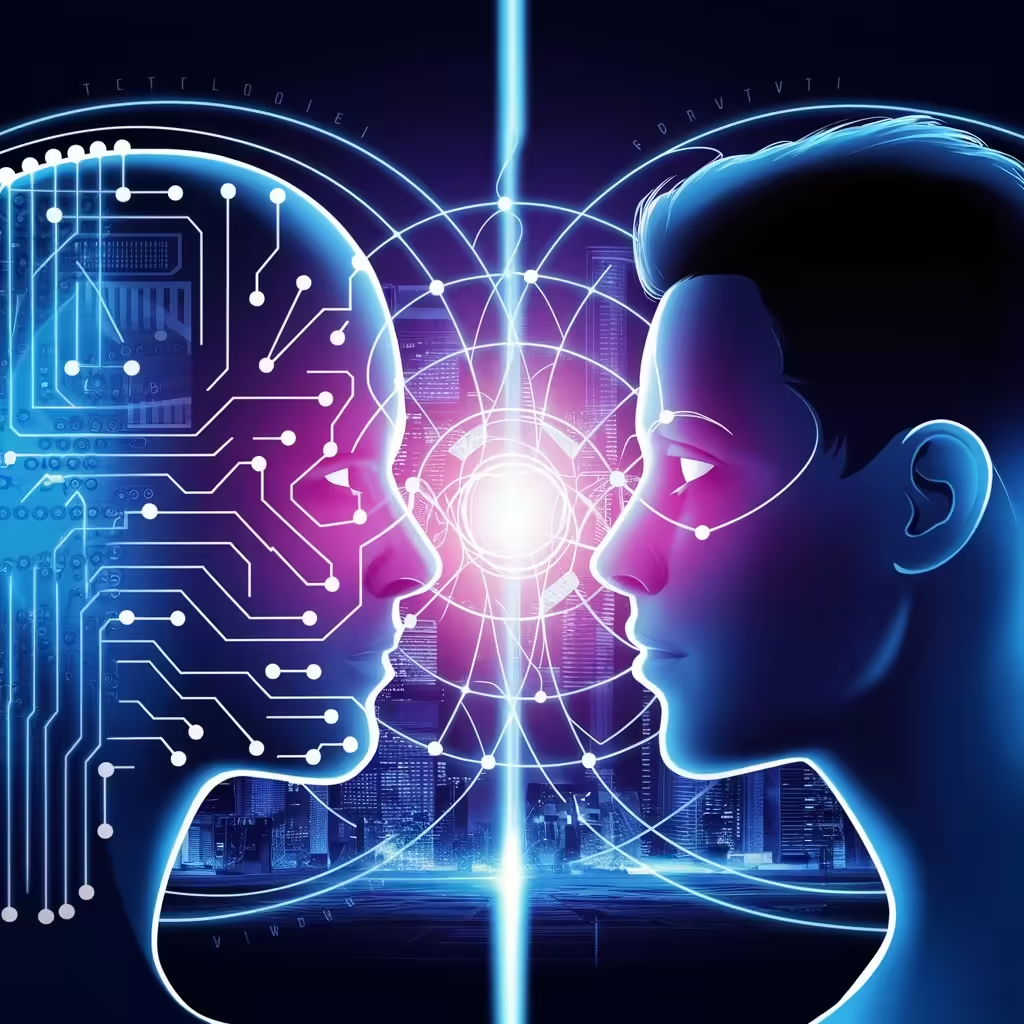AI Terminology is essential for navigating the world of Artificial Intelligence (AI). This guide demystifies common AI terms, providing foundational knowledge to understand the AI landscape.
Artificial Intelligence (AI) is transforming industries and reshaping the future. However, the complex terminology can be daunting for beginners. This glossary will demystify common AI terms, providing you with the foundational knowledge needed to navigate the AI landscape. Whether you’re an aspiring data scientist or simply curious about AI, this guide will help you understand the essential jargon.
Table of Contents
Artificial Intelligence (AI)
Artificial Intelligence (AI) refers to the simulation of human intelligence in machines programmed to think and learn like humans. These systems can perform tasks that typically require human intelligence, such as visual perception, speech recognition, decision-making, and language translation.
Machine Learning (ML)
Machine Learning (ML) is a subset of AI that involves training algorithms to make predictions or decisions based on data. Unlike traditional programming, where explicit instructions are provided, ML models learn patterns from data and improve over time.
Deep Learning
Deep Learning is a subset of machine learning that uses neural networks with many layers (hence “deep”) to analyze various factors of data. Deep learning has been particularly successful in tasks like image and speech recognition.
Neural Networks
Neural Networks are computing systems inspired by the human brain’s neural networks. They consist of layers of nodes (neurons) that process data inputs, learning and making decisions based on the patterns they recognize.
Natural Language Processing (NLP)
Natural Language Processing (NLP) is a branch of AI focused on the interaction between computers and humans through natural language. NLP enables machines to understand, interpret, and respond to human language in a valuable way.
Computer Vision
Computer Vision is an AI field that trains computers to interpret and understand the visual world. By processing digital images from cameras and videos, machines can recognize objects, track movements, and even make decisions based on visual inputs.
Supervised Learning
Supervised Learning is a type of machine learning where the model is trained on labeled data. The model learns to associate inputs with the correct outputs, making it suitable for tasks like classification and regression.
Unsupervised Learning
Unsupervised Learning involves training a model on data without labeled responses. The system tries to learn the underlying structure of the data, making it useful for clustering and association tasks.
Reinforcement Learning
Reinforcement Learning is a type of machine learning where an agent learns to make decisions by taking actions in an environment to maximize cumulative reward. It’s used in fields like robotics, game playing, and autonomous driving.
Big Data
Big Data refers to the vast volumes of structured and unstructured data generated every day. The analysis and processing of big data are crucial for extracting valuable insights and making data-driven decisions.
Algorithm
An Algorithm is a step-by-step procedure or formula for solving a problem. In AI, algorithms are used to process data, perform calculations, and make automated decisions.
Training Data
Training Data is the dataset used to train a machine learning model. The quality and size of the training data significantly impact the model’s performance and accuracy.
Model
A Model in machine learning is a mathematical representation of a real-world process. It’s trained on data and used to make predictions or decisions without being explicitly programmed to perform the task.
Overfitting
Overfitting occurs when a model learns the training data too well, capturing noise and details that do not generalize to new data. This results in poor performance on unseen data.
Bias and Variance
Bias is the error introduced by approximating a real-world problem, which might be very complex, by a simplified model. Variance is the error introduced by the model’s sensitivity to small fluctuations in the training dataset. A good model achieves a balance between bias and variance.
Artificial General Intelligence (AGI)
Artificial General Intelligence (AGI) refers to a type of AI that can understand, learn, and apply intelligence across a broad range of tasks, similar to human cognitive abilities. AGI remains a theoretical concept and has not yet been achieved.
Conclusion
Understanding AI terminology is the first step towards mastering this transformative technology. This glossary provides a foundation that will help you delve deeper into the fascinating world of AI. Stay curious and keep learning!
AIInDepth.com: Your go-to source for insights and trends in AI and technology.




